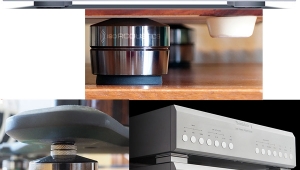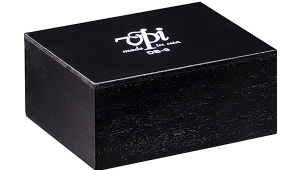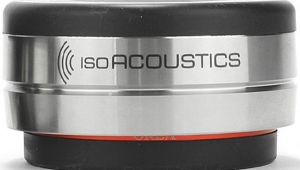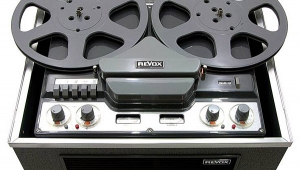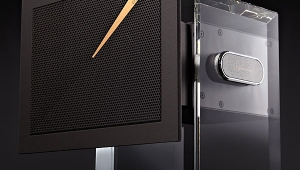| Columns Retired Columns & Blogs |
Before investing into „surround sound installations” I would like to see a solution for inter-channel cancellation of crosstalk and a more sophisticated recording technique. Even the most advanced concepts of wave field synthesis are far from any practical solution! I guess surround sound mandatorily requires the visual input from the cinema screen to create the illusion of surround sound!






